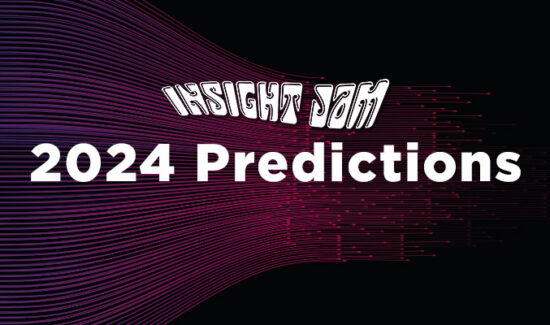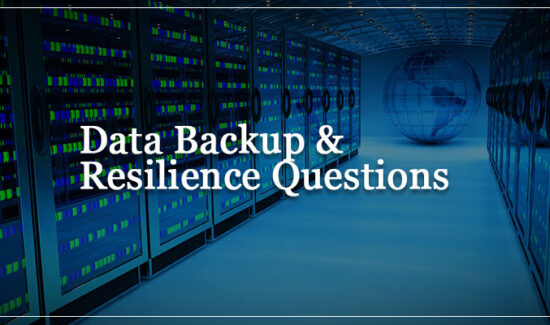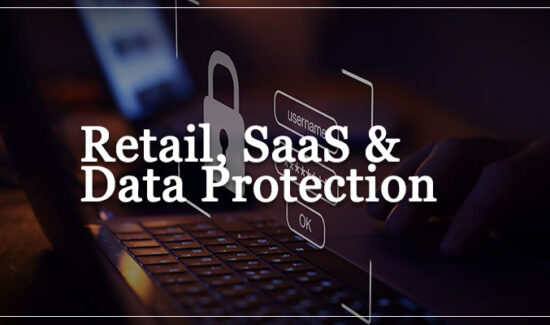GRC as a Service: The Future of Governance and Risk Management

GRC (governance, risk, and compliance) has long been a static, check-the-box approach for organizations that can be stressful and burdensome. As cyber threats continue to grow in sophistication and number, organizations face the daunting and repeated challenge of ensuring compliance with ever changing regulations.
For many, the traditional methods of audits and assessments take shape as a reactive 11th-hour hustle, one that tends to be expensive while only providing a point-in-time report with limited value.
Organizations who are tired of this approach would do well to consider GRC as a Service (GRCaaS). This approach transforms compliance into an operational program, making it a more proactive and constructive business as-usual approach. Here are six major complaints I hear about GRC, and how GRCaaS addresses them:
- We find ourselves duplicating efforts. GRCaaS is particularly well-suited to organizations with multiple compliance frameworks. PCI and HITRUST are both great examples: If you are a healthcare organization that accepts credit cards, those controls overlap with each other to an extent, because at their core they use the same security compliance framework (an example would be NIST CSF). Handling these frameworks separately means doing some of the same things twice. GRCaaS removes such inefficiencies. With a GRCaaS approach, evidence is collected over a 12-month period and uploaded to a central repository. The items that live there can be used to satisfy multiple compliance requirements, reducing the documentation burden and the tendency to have to pull the same information repeatedly.
- It feels like an annual fire drill. Many GRCaaS engagements are multi-year in nature, and that can make the entire approach to GRC one that gets progressively easier over time. Since all documentation and evidence lives in a central location, when year two or year three rolls around, businesses can see what was uploaded the previous year, review it, and make any necessary changes. They know what is coming up from an evidence standpoint and what controls are going to be reviewed down the line. That enables organizations to see their progress and maturity over time while also maintaining real-time, continuous compliance that evolves as they do.
- Standalone reports are only half-helpful. Too often, GRC sprints end with the organization receiving a list of 50 items that need to be fixed. That type of reporting can be tough to take action on because of the challenge of prioritizing so much information at one time. With GRCaaS, as things are assessed, any gaps or findings are logged into a portal. The result is a list of actionable remediation items that can be worked on throughout the year. By its nature, the GRCaaS model provides ongoing touch points and drivers—as well as ongoing and consistent resources. Instead of being handed a report and left to fix things on their own, organizations have an experienced GRC resource available every step of the way.
- It is tough to coordinate tasks across departments. GRCaaS forces everyone to manage and track GRC-related activities in one location. In doing so, it reduces the siloed feeling that GRC can sometimes produce. Organizations typically experience an increase in collaboration due to the centralized nature of relying on one platform: There is a single place to add comments, send items back for review, or have conversations.
- It can sap resources—people and money. “How am I going to get this done in six weeks by the deadline?” It is a question too many organizations find themselves asking when it comes to adherence with regulatory compliance, and the answer can be an expensive one. Sometimes getting it done within a tight window requires extra resources—and extra costs. GRCaaS reduces that fire drill to make it more cost effective. Organizations that transition to GRCaaS are also able to free up internal resources. Instead of setting aside resources for eight hours a week disrupting the currently scheduled tasks, the resources can plan well in advance allowing companies to prioritize their needs appropriately and be able to accomplish other initiatives.
- We are always one step behind. GRCaaS typically manifests as a multi-year engagement. As new controls and requirements are introduced, they are embedded into that as-a-service model without having to spin up another contract or start another engagement. GRCaaS is fiercely forward-looking. If something is coming down the pike two years from now, new controls will be integrated into the portal, allowing businesses to be proactive, preemptively eliminate future stress, and mature their security posture.
With GRCaaS, compliance becomes an enhancement that can help direct an organization rather than hinder it, enabling it to better monitor contracts, decide on internal controls, build business continuity plans, plan cybersecurity investments, and more.

















